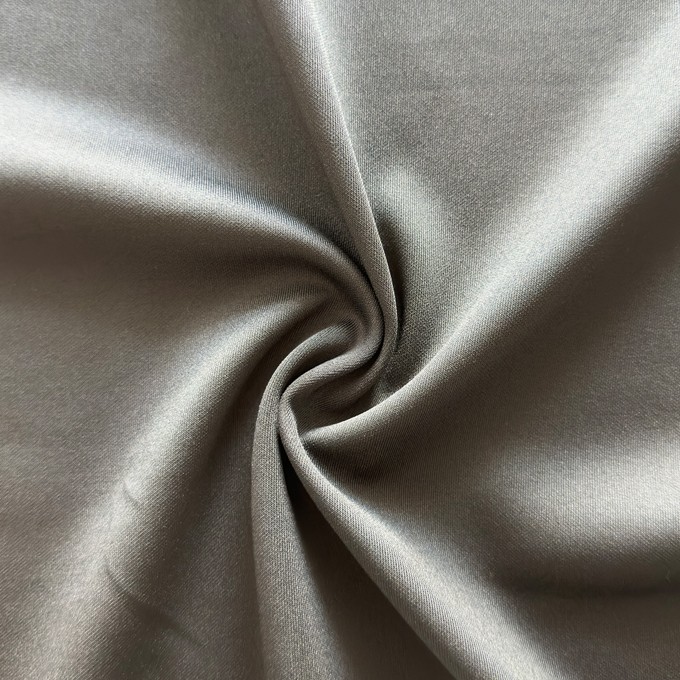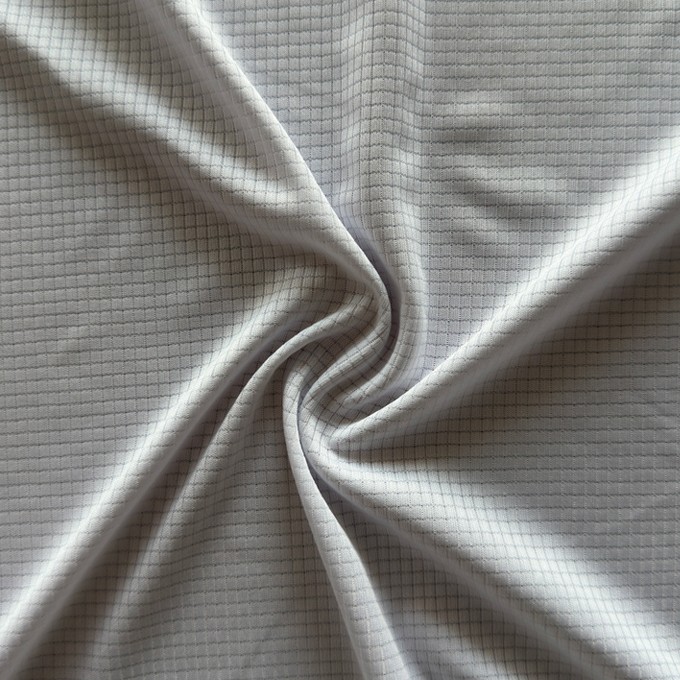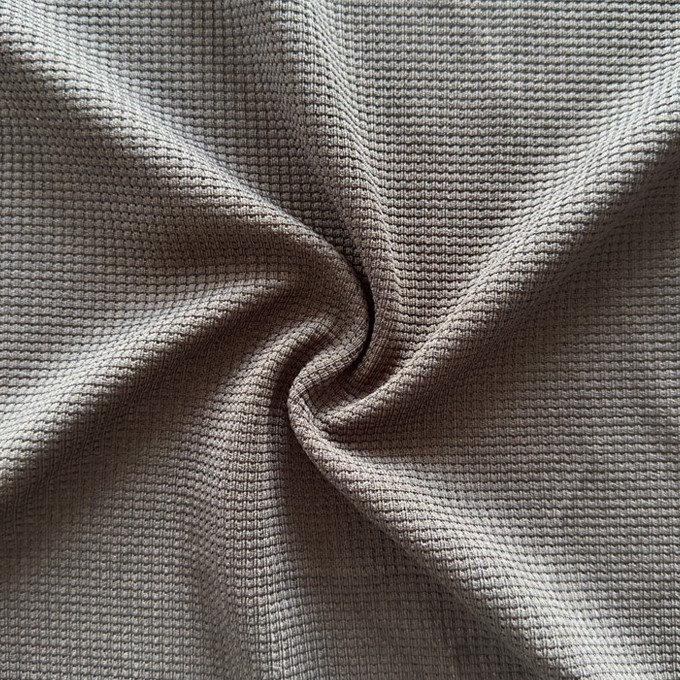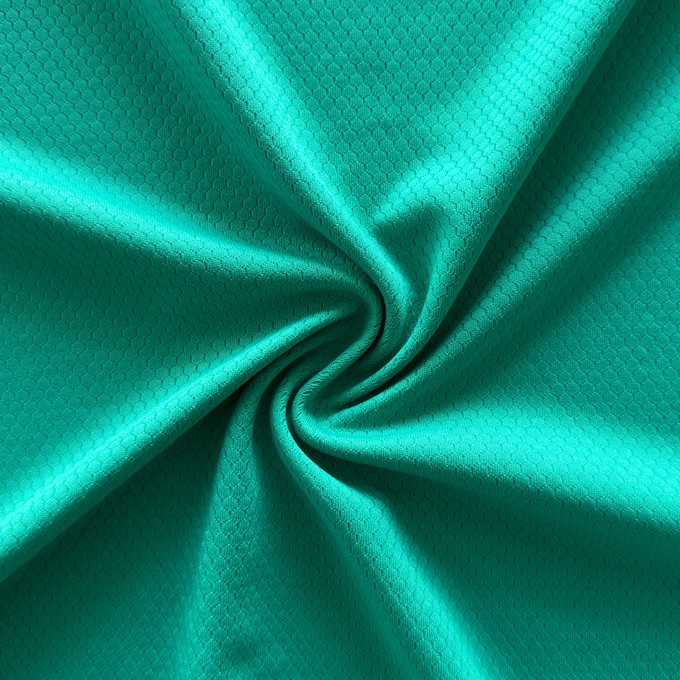
Attention should be paid to the maintenance details of the fabric
2024.08.19
1. Understand the types of fabrics
Each fabric has its unique properties and care requirements. Understanding the fabric type of your clothing is the first step in maintenance. Common fabrics include:
Cotton: Soft and comfortable, but prone to shrinkage and fading.
Wool: Strong insulation, but prone to deformation and pilling.
Silk: Smooth and luxurious, but prone to damage and fading.
Synthetic fibers (such as polyester): wear-resistant and wrinkle resistant, but also require attention to cleaning methods.
Understanding these characteristics can help you choose appropriate cleaning and care methods.
2. Proper cleaning
Read the washing label: Each piece of clothing comes with a washing label that indicates the best cleaning method. Please be sure to follow these instructions.
Separate washing: Wash fabrics of different colors and types separately to avoid staining and damage. Especially for new clothes, it is best to wash them separately several times to prevent fading.
Use appropriate detergent: Choose a detergent suitable for the fabric. For example, wool clothing should use a specialized wool detergent, while silk requires a mild detergent.
3. Avoid excessive cleaning
Excessive cleaning will accelerate the wear and tear of the fabric. Clothes do not need to be washed every time they are worn, unless there is obvious dirt or odor. Proper ventilation and cleaning are also good ways to keep clothing clean.
4. Pay attention to the drying method
Natural drying: Try to avoid using high-temperature dryers, especially for cotton and wool fabrics. High temperatures can cause clothing to shrink and deform. Lay the clothes flat or hang them in a well ventilated place to dry.
Avoid direct sunlight: Prolonged exposure to sunlight may cause the fabric to fade. It's best to air dry in a cool place.
5. Ironing precautions
Adjust temperature: Adjust the temperature of the iron according to the type of fabric. For example, cotton clothing can be ironed at high temperatures, while silk requires low-temperature or steam ironing.
Use ironing cloth: When ironing fragile fabrics, it is recommended to use ironing cloth to separate them and avoid direct contact with high temperatures.
6. Storage method
Avoid hanging: For easily deformable fabrics such as wool and silk, it is recommended to use hangers or fold them for storage. Avoid deformation caused by prolonged suspension.
Using a dust bag: For seasonal clothing, using a dust bag can effectively protect the clothing from dust and dirt.
Regular inspection: Regularly inspect clothing, especially after storing for a period of time, and promptly clean up any possible insect damage and mold.
7. Professional nursing
For special fabrics such as high-end silk or cashmere, or clothing that requires special care, it is recommended to send them to a professional dry cleaning shop for processing. Professional dry cleaning can ensure that clothing is properly cleaned and protected.
Proper fabric maintenance can not only extend the lifespan of clothing, but also maintain its beauty and comfort. Understanding the characteristics of the fabric, cleaning according to the washing label instructions, drying properly, paying attention to ironing and storage are all key to maintaining the condition of the clothing. By paying attention to these details, your clothing will be able to stay as new and accompany you for a longer period of time.



